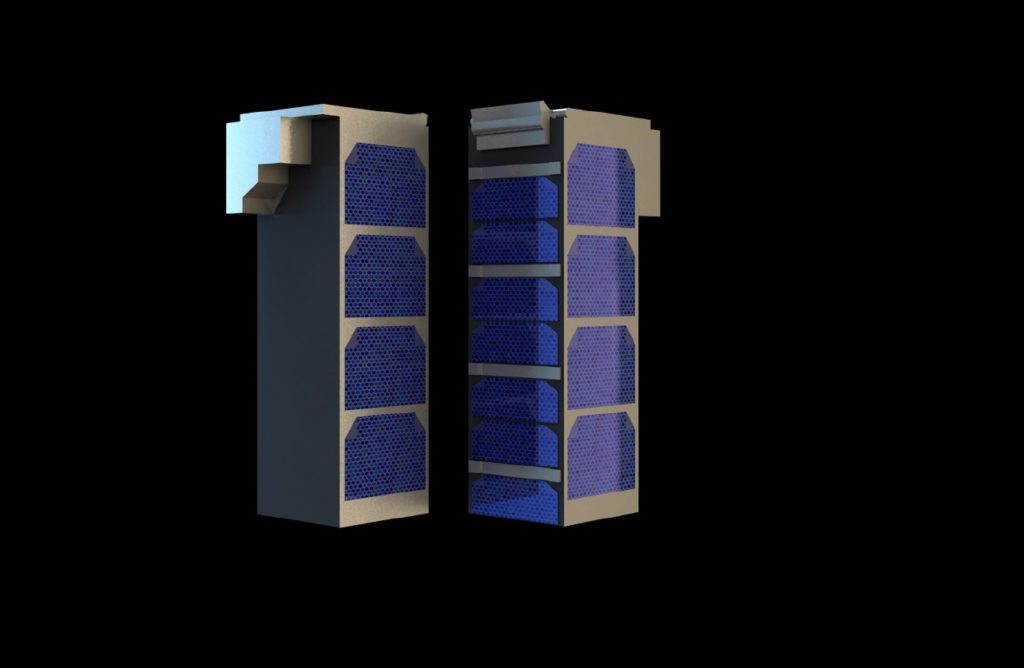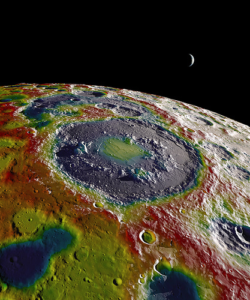
CubeSats in Deep-Space: ESA’s Asteroid Mission offers the ultimate hitchhiking opportunity
The European Space Agency is offering the “ultimate hitchhiking opportunity”; the agency plans to carry 6 CubeSats onboard its Asteroid Impact Mission (AIM) that is scheduled for 2020.
Team of researchers and companies from ESA member states are free to compete as part of ESA’s SysNova competetion to put their CubeSat in deep-space. So if you have an innovative idea for CubeSat onboard a deep-space Asteroid mission that will help improve the Missions’ scientific returns, this is THE competition! CubeSats in deep space!!! Not for nothing is ESA calling it the “ultimate hitchhiking opportunity”.
CubeSats in Deep Space
CubeSats are among the smallest types of satellites with a 10 cm cubical structure, providing affordable access to space for universities, research organizations and satellite start-ups like SkyBox, Planet Labs, Spire and more (Read: How Earth Observation Startups and CubeSats are changing the Industry). Till date, CubeSats have mostly been deployed in low earth orbits and this mission could well be the first one to propose to have CubeSats in Deep-Space, opening up a whole new opportunity for CubeSats.
Considering the fact that the size of a solar panel that can accommodated on the CubeSat is rather small and usually in a deep-space mission, the satellites’ receive a fraction of the solar energy that they would in a low earth orbit, which means there would be lesser energy in total to power the sensors. It would be interesting to see how the trade-off between power requirements and sensors onboard a CubeSat in a Deep-Space mission is approached.
“AIM has room for a total of six CubeSat units,” explains Ian Carnelli, managing the mission for ESA. “So potentially that might mean six different one-unit CubeSats could fly, but in practice it might turn out that two three-unit CubeSats will be needed to produce meaningful scientific return. – ESA Press Release

A pair of triple-unit CubeSats. ESA’s 2020 Asteroid Impact Mission spacecraft will have room to carry six CubeSat units – potentially single-unit miniature spacecraft but more probably a pair of larger CubeSats as seen here.
Asteroid Impact Mission (AIM)
The mission is humanity’s first mission to a binary system – the paired Didymos asteroids and is part of the larger NASA-led mission – Asteroid Impact & Deflection Assessment (AIDA) mission to explore technologies that could one day address planetary defense questions i.e. protecting earth from asteroids.
The NASA-led Double Asteroid Redirection Test (DART) probe will impact the smaller body, while AIM will perform detailed before-and-after mapping, including pinpointing any shift in the asteroid’s orbit. – ESA
Source: CubeSats offered deep-space ride on ESA asteroid probe
Did you like this post? Read more and subscribe to our monthly newsletter!






